Canada Beef Performs Newsletter
We respect your right to privacy. We will not share or distribute your personal information and you can opt out anytime. ~Canada Beef
There is nothing more important for the production of high-quality beef than healthy cattle. Canada’s National Code of Practice for the care and handling of cattle has been developed collaboratively by industry organizations, government and experts working in animal health and welfare.
Animal health and welfare standards serve as a fundamental pillar that supports the entire Canadian beef supply chain. Raising healthy cattle allows us to produce healthful, safe food.
Dr. Leigh Rosengren Chief Veterinary Officer, Canadian Cattle Association
Canada’s mandatory national cattle identification program is the first of its type in North America and is designed to support efficient trace back and containment of serious animal health or food safety concerns
Lorem int la voluptatur? Nieniscium exped mod molum lis adistrum rehende volupture velitemolore natis
Unlike older bar code systems, the radio frequency identification (RFID) tag does not require “line of sight” to facilitate tag reading. Use of passive RFID technology enables the tag to store the animals’ unique identification number without the need for batteries, ensuring the information is available for the life of the animal.
 Only approved CCIA RFID tags may be utilized in the Canadian Livestock Tracking System.
Only approved CCIA RFID tags may be utilized in the Canadian Livestock Tracking System.
.
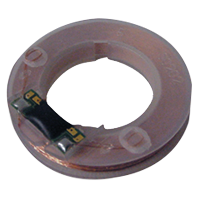
The RFID transponder does not require batteries and can function in extreme cold or hot temperatures.
.
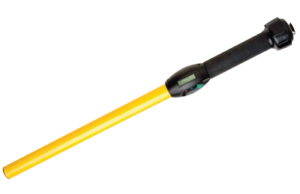
The RFID transponder does not require batteries and can function in extreme cold or hot temperatures.
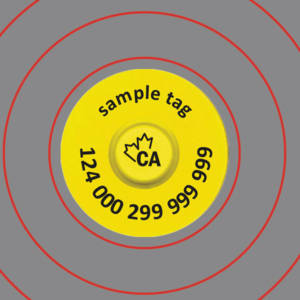
Each RFID tag has a unique number assigned by the Canadian Cattle Identification Agency (CCIA). Only approved CCIA RFID tags may be used.
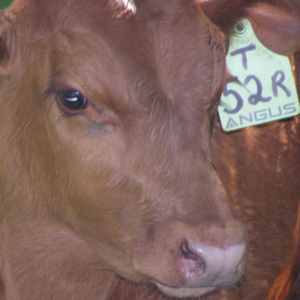
Each animal must have a CCIA RFID ear tag when leaving the original herd. The CCIA and the Government of Canada recommend that birth dates are registered with the Age Verification System.

Cattle can’t be sold at an auction without a CCIA RFID ear tag. The tag number and the date of processing for export must be reported to the CLTS database.

Upon arrival at the feedlot, cattle are checked to ensure the presence of a CCIA RFID ear tag. The unique tag number can be used to track production information and report animal movement events.
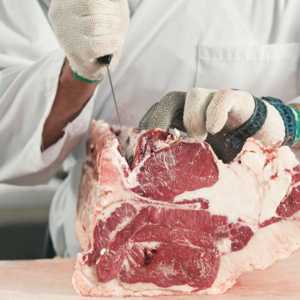
Packers are required to record and report numbers from tags on the cattle they receive to the CLTS database. ID numbers from harvested cattle are then retired in the CLTS database.
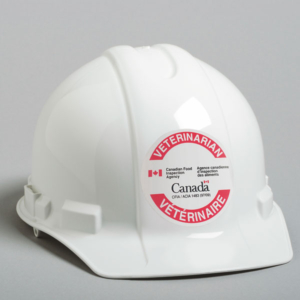
The Canadian Food Inspection Agency (CFIA) is the government agency which is responsible for auditing and enforcing the Canadian National Cattle Identification Program.